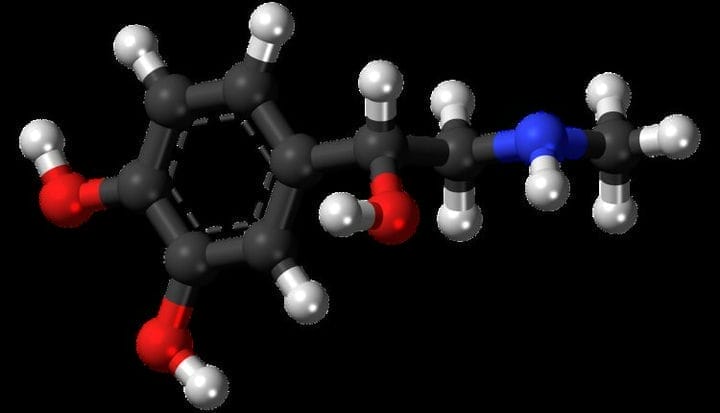The endocrine system includes glands that do not have excretory ducts, but secrete physiologically active substances into the internal environment of the body – hormones that stimulate or weaken the functions of cells, tissues and organs.
Hormones have a number of characteristic properties:
1 specificity of action – each hormone acts only on certain organs, causing specific changes;
2 high biological activity of hormones.
The pituitary gland (hypophysis) is the most important "central" endocrine gland, since it regulates the activity of many other endocrine glands with its tropic hormones (Greek tropos – direction, turn). It is a small oval gland weighing about 0.5 g. It is located in the pituitary fossa of the Turkish saddle of the teleclinoid bone. There are 3 lobes in the pituitary gland:
– front;
– intermediate (middle);
– posterior lobe.
The anterior and middle lobes unite to form the adenohypophysis, while the posterior lobe is called the neurohypophysis.
Functions of the anterior pituitary hormones:
1 Somatotropin (growth hormone) stimulates protein synthesis in the body, growth of bones and the whole body. With a lack of somatotropin (hypofunction) in childhood, dwarfism develops (height less than 130 cm in men and less than 120 cm in women), with an excess (hyperfunction) of somatotropin in childhood – gigantism (height 240-250 cm). In adults – acromegaly – a disproportionate increase in certain parts of the body (nose, hands, feet).
2 Prolactin acts on the mammary gland to promote milk production.
3 Thyrotropin stimulates thyroid function.
4 Corticotropin (adrenocorticotropic hormone) stimulates the formation and release of glucocorticoids in the adrenal cortex.
5 Gonadotropins include follitropin and lutropin.
Follitropin (follicle-stimulating hormone) stimulates the growth of follicles in the ovary of women, spermatogenesis in the testicles of men. Lutropin (luteinizing hormone) stimulates the synthesis of progesterone in women’s bodies after ovulation, and the secretion of androgens in men.
The middle lobe produces 2 hormones:
1 Melanocyte-stimulating hormone, or intermediates, affects pigment metabolism and leads to darkening of the skin due to the accumulation of melanin in it. With hypofunction – a change in skin pigmentation (the appearance of skin areas that do not contain pigment).
2 Lipotropin enhances lipid metabolism.
The posterior pituitary gland does not produce hormones. It serves as a storage reservoir for the hormones vasopressin and oxytocin, which come here from the hypothalamus.
Vasopressin, or antidiuretic hormone, has two functions: it reduces urine production and increases blood pressure. With a lack of vasopressin, diabetes mellitus is observed (thirst, the daily amount of urine is 10-15 liters), and with an excess of vasopressin, a complete cessation of urination can occur.
Oxytocin acts on smooth muscles, especially the uterus. It stimulates the contraction of the pregnant uterus during childbirth and expulsion of the fetus.
